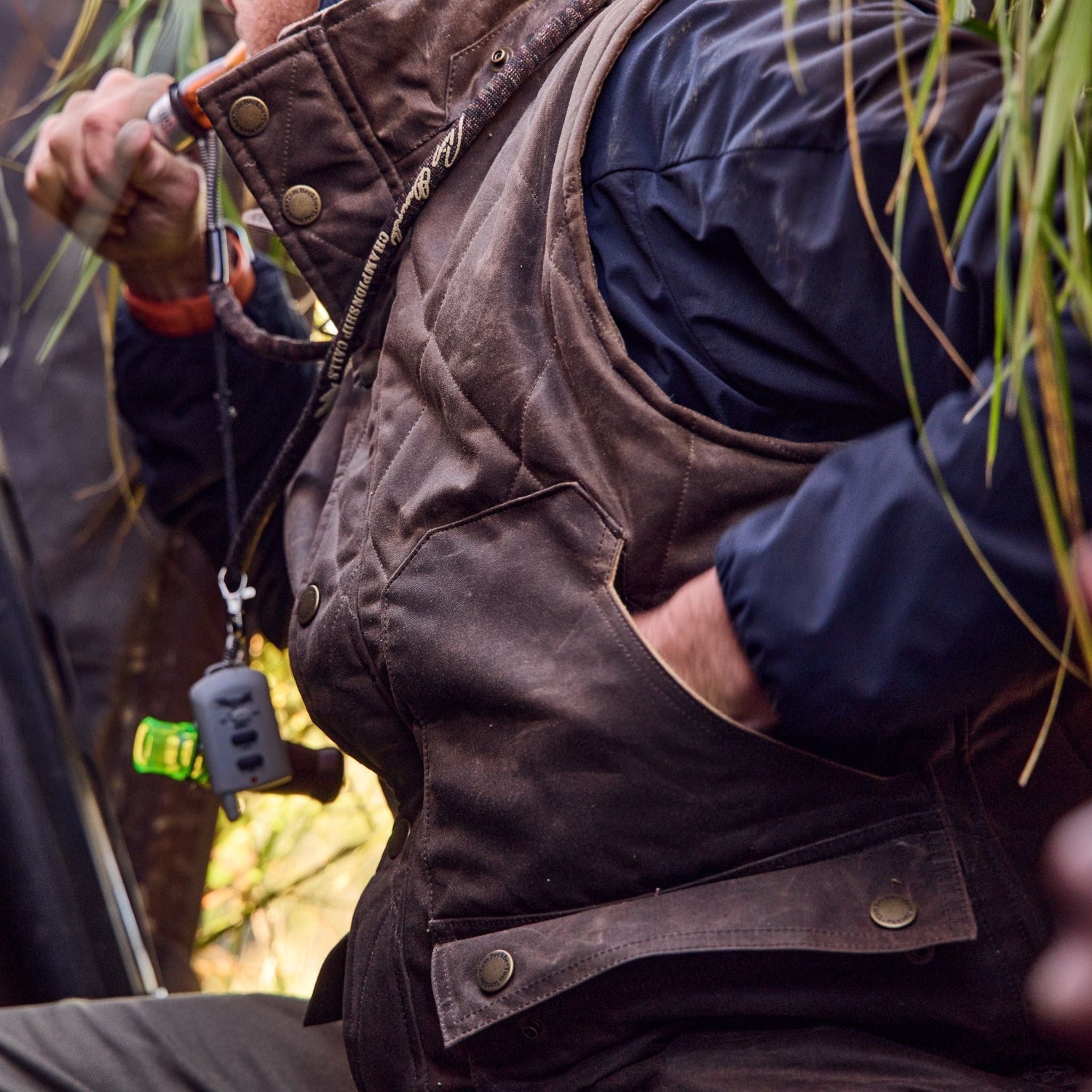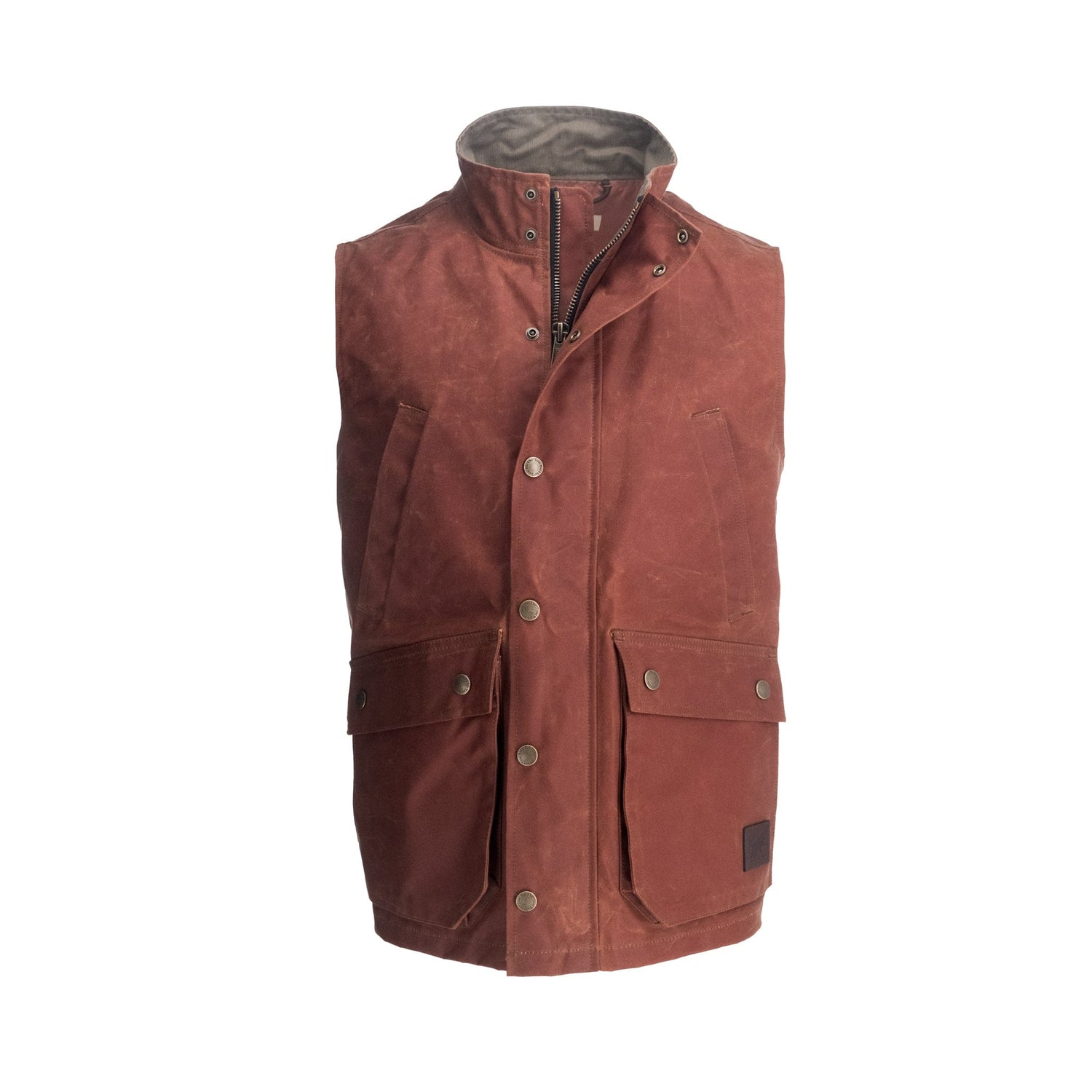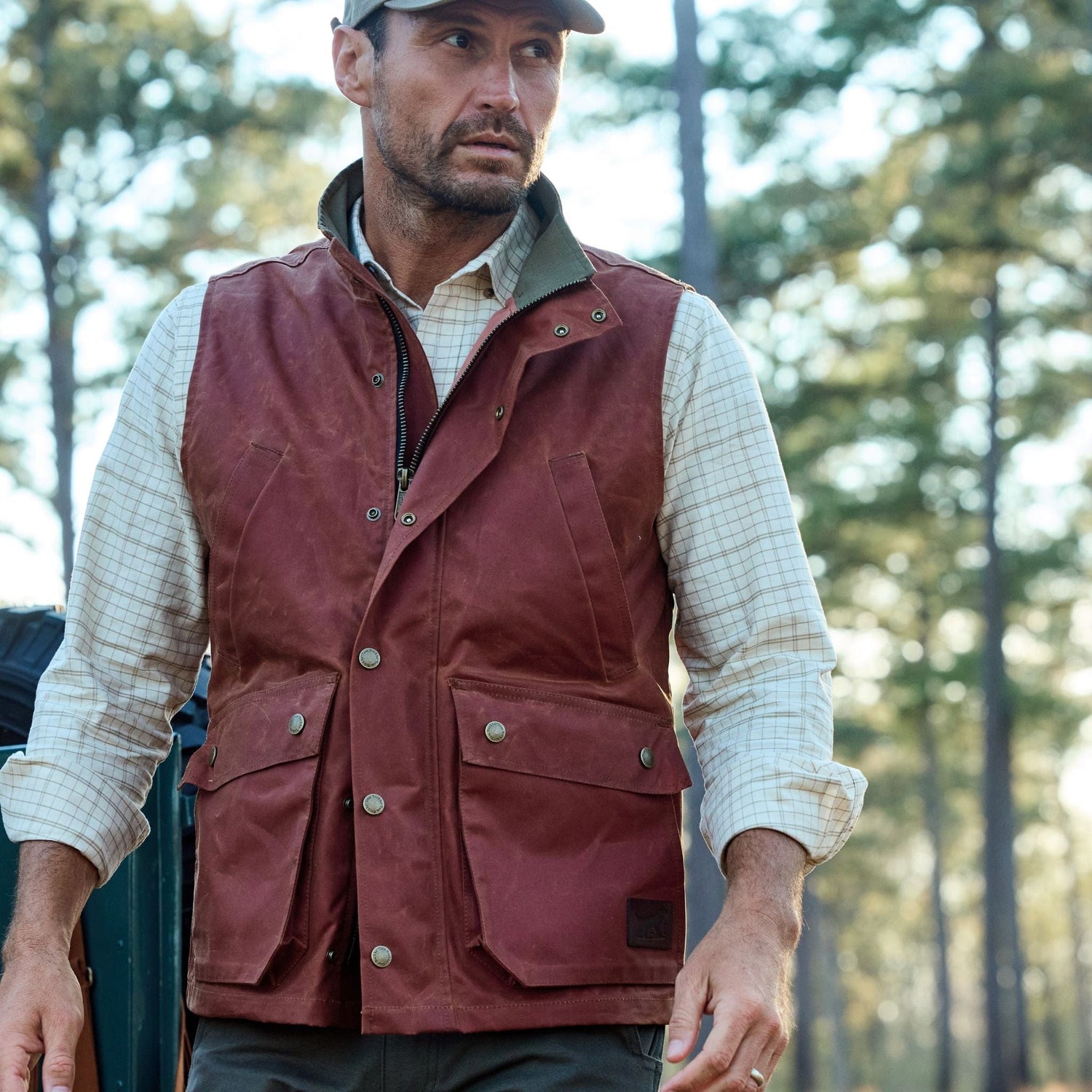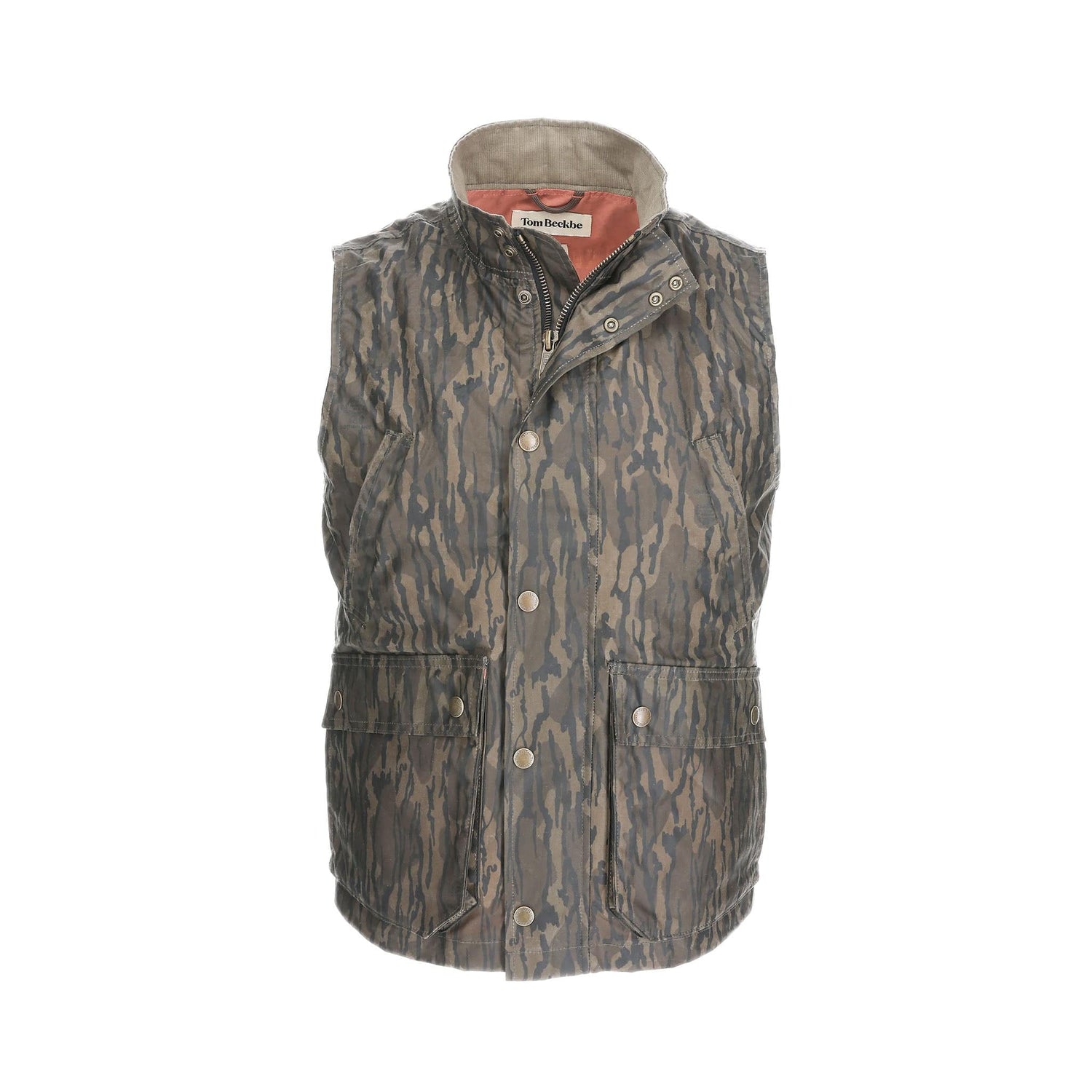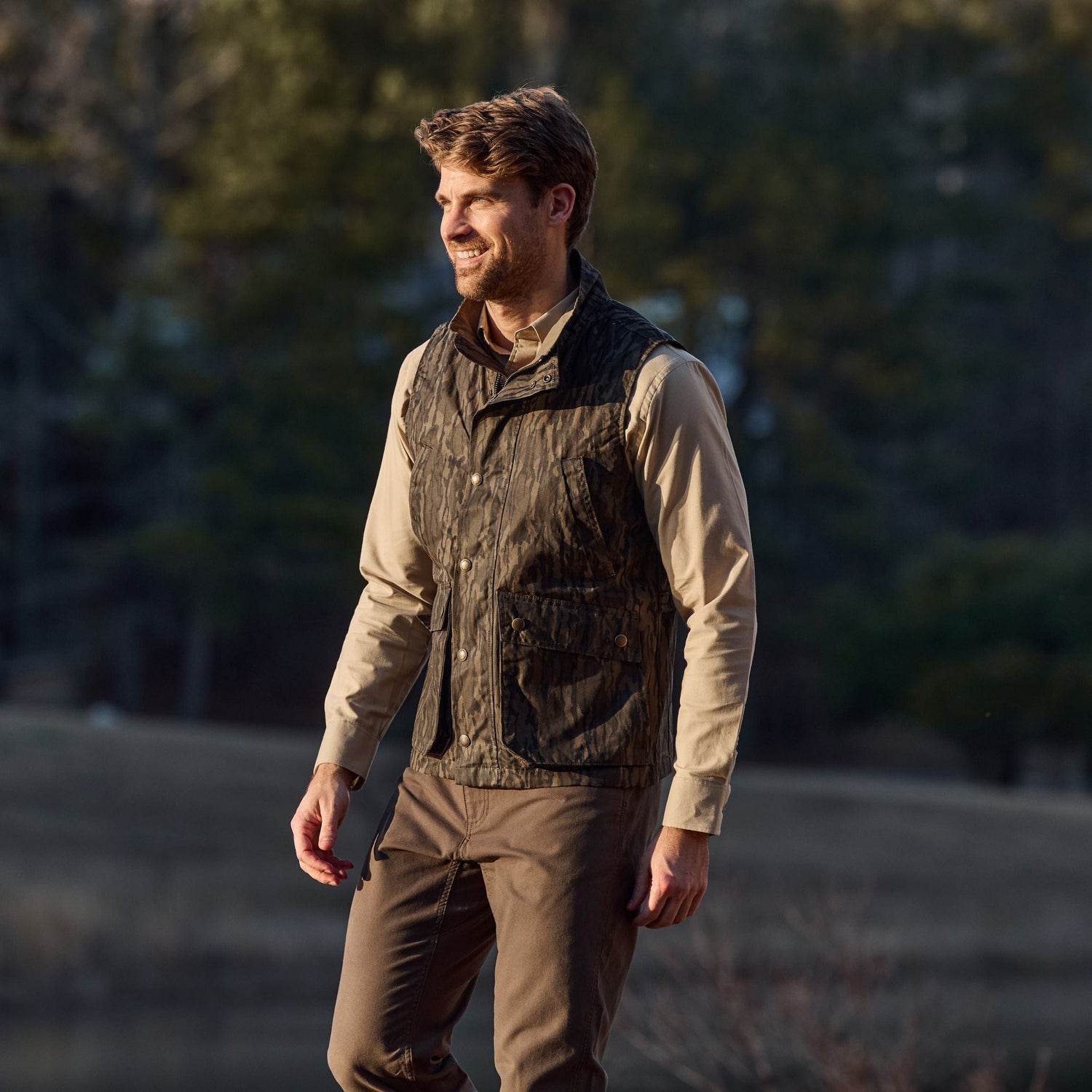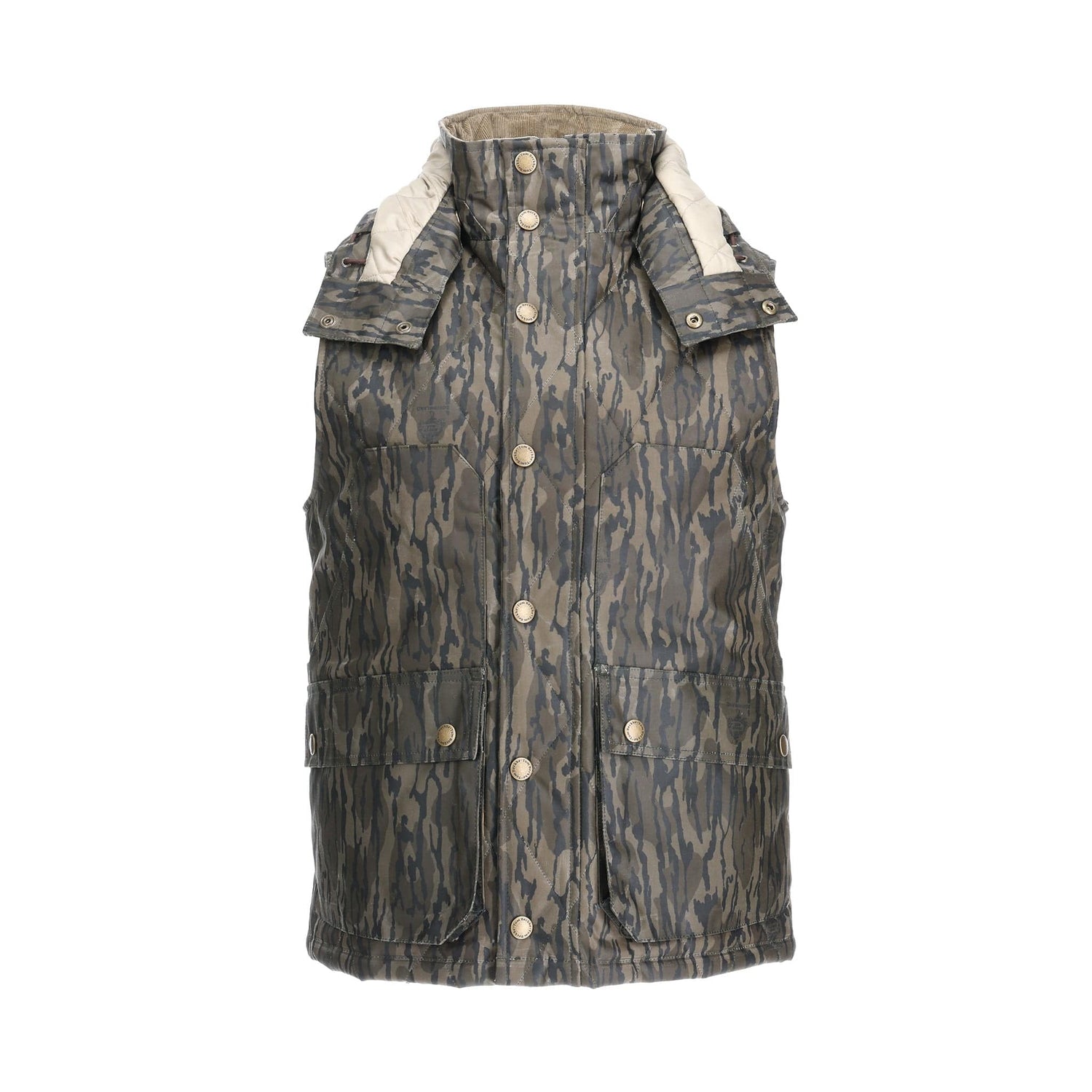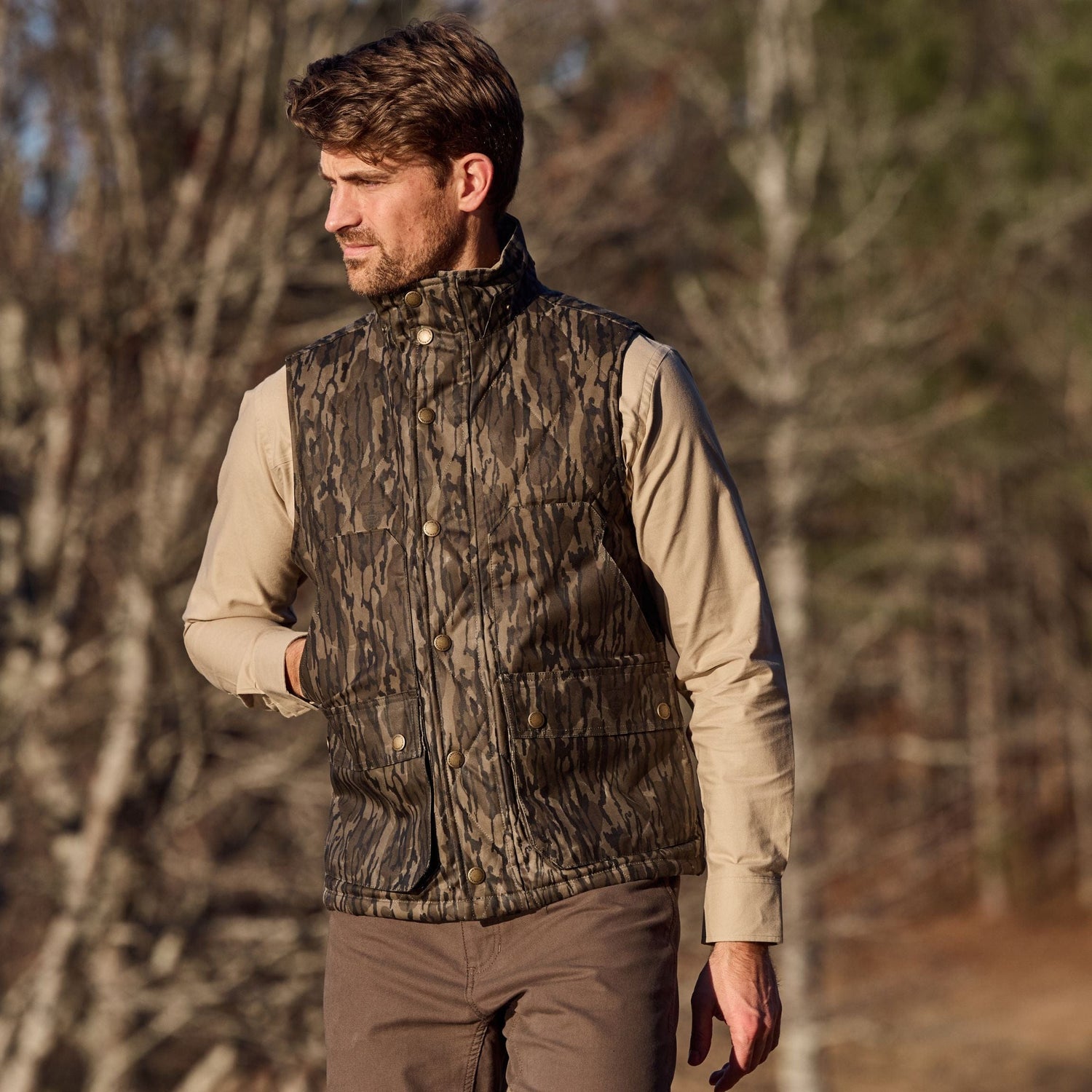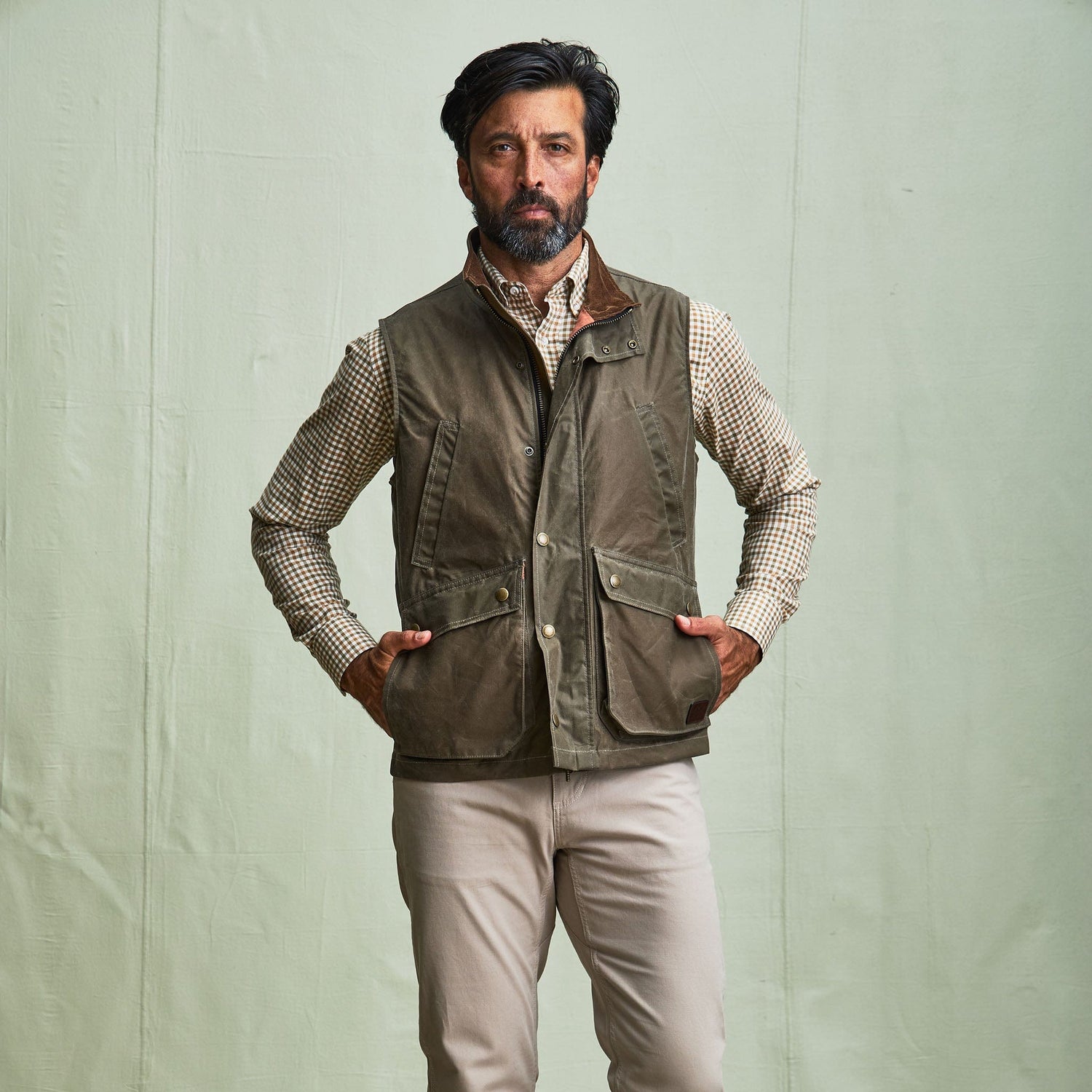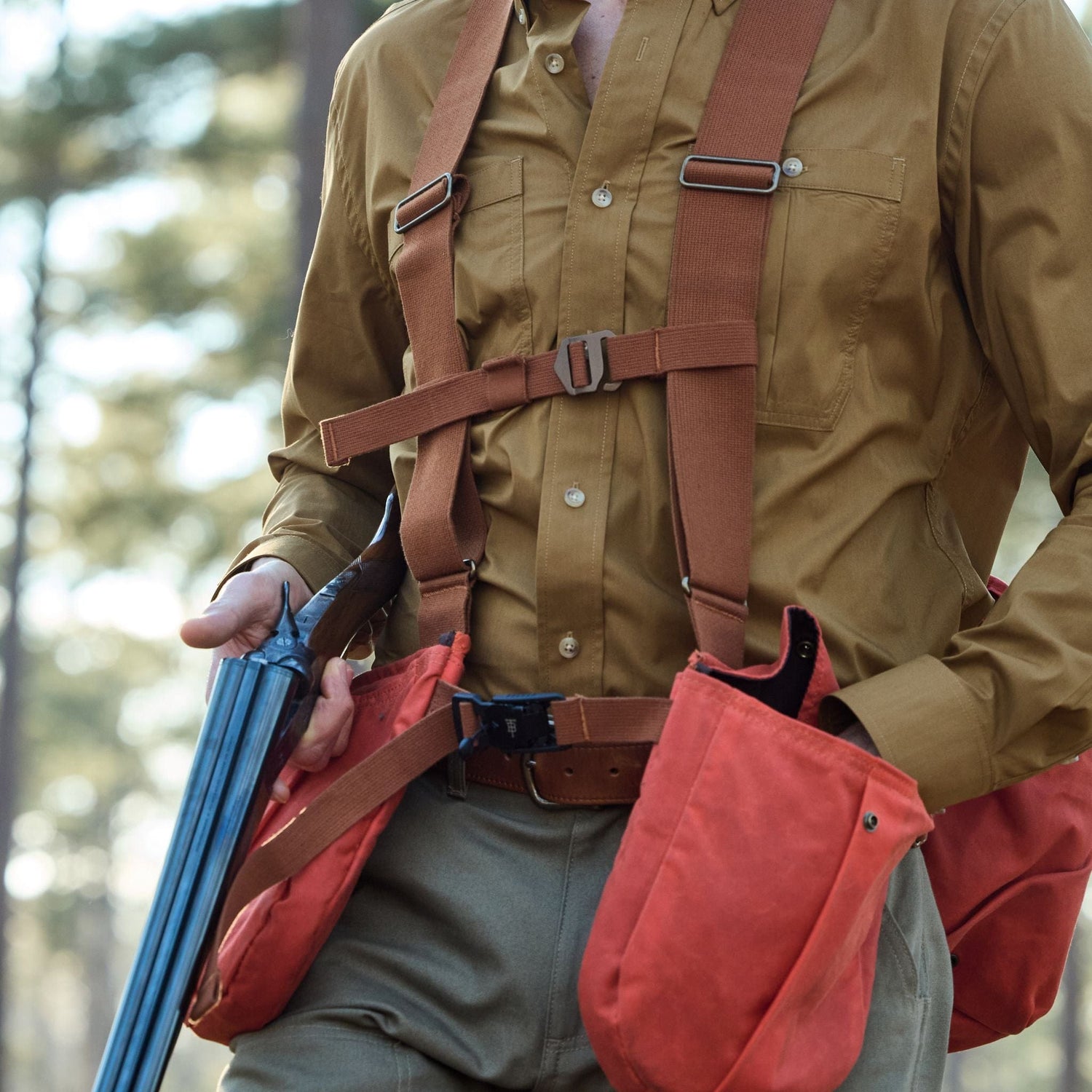My adopted hometown in the West always had an easy informality, compared to the stern grays of buttoned-down Boston. I fell in love with the lush, verdant Pacific Northwest, comfortably slipping into the rivers and fields of my new home. During that era, the hills of northwest Corvallis lay untouched, and it wasn't uncommon to catch glimpses of a rooster pheasant navigating the tall grasses just beyond my office window.
In keeping with my locale’s laid-back ethos, my young Brittany, “Deschutes” became a steadfast companion, joining me back in my office after dinner while I worked during times of looming deadlines. As the night cleaning crew began their tasks they often found us in the office during the peaceful evening hours; me, working to build our client base; Deschutes curled up in an oversized dog bed. I like to think he was dreaming of those quail printed on the outer cover of his bed when he twitched during sleep.
One of the night janitors, John, showed a keen interest in the progress of my puppy. During those evenings, the old-timer would drop by, weaving tales of family hunts in hillside orchards on a long-forgotten homestead, now obscured by overgrown brush. When he asked, “Do you like to hunt quail?”, I let out an enthusiastic “Yes,” eager to hear more. John added, “You oughtta go after them quail in that old orchard.”
Nestled in the foothills of Oregon’s Coast Range, Breeders Hill is perched just above the Willamette Valley floor. Shaped by the ancient Missoula floods, this knoll boasts fertile soils akin to the flat farmlands below. Fruit abounds. Tangles of blackberry vines almost choke the old apple trees. Stretching between Douglas Firs, small patches of grasslands form a path from the logging road into the ageless orchard, no doubt first planted by a homesteader. This hidden spot is recognized not just by me but also by the local wildlife, including coveys of quail from a nearby clearcut.
Arriving there, I opened the tailgate, and Deschutes made haste, bounding into the orchard. No birds amongst the apples, but we pressed on. Suddenly, Deschutes froze; I glanced over to investigate. Tail pointed up, his body quivered, as if emerging from a swim on a winter day. He craned his neck forward, an instinctive desire to get close to the bird without encroaching. Visions of his first point are just as vivid in my memory as it was that day, his Graduation Day from puppy points.
Deschutes froze and I was green enough at the time to wonder what was up. It was a first for us both. I stepped towards Deschutes when two quail rocketed from the Hawthorns separating us. I was new to bird dogs, but not to the art of swinging on a target. Once in hand, I caressed the feathers of a majestic mountain quail. The cockbird was the largest I'd ever seen, more than a handful. I did not know then that mountain quail rank as the largest among North American quail species.
Four generations of Brittanys later, I decided to go back to Breeders Hill. I drove up the same logging road I did decades earlier, crossing a stream that holds a few tiny coastal cutthroats. Times have changed and I reached a locked gate spanning the road, a sign hanging: PRIVATE PROPERTY, ENTRY PERMITS REQUIRED. I did my research and I had a permit, so I pulled off in a wide spot next to the gate to ready myself and the Brits for a climb and a hunt.
I walk through stands of Douglas firs, tall enough then that the area could have been harvested way back when I first hunted the land, yet the trees still stand. I thought, “I’m more likely to find Bigfoot here rather than quail.” As I continued my climb to a place in which the logging road levels to a plateau of secondary forest, the vista expanded to a wide slope dotted with young Doug firs and brambles. Mountain quail country!
I was thrilled to discover delicate traces of quail tracks in the light dusting of snow on the ground. The dogs, keenly attuned to the presence of these elusive birds, communicated their tells. We understand each other’s language in the field. Rogue, with his tail wagging rapidly, moved stealthily, his nose close to the ground, affirming that the birds left their mark. Meanwhile, Blitzen slowed to a deliberate pace, nose up, sniffing traces of scent lingering in the crisp still air of winter. I started to climb a game trail, and with every few hundred feet, another inch of snow piled on the ground. Some sort of Pacific squall must have passed through. The brace of Brits hesitated but continued the climb, this time with fluttering tails!
Birds erupt, scattering in every direction. I shot an overhead bird, marking it directly behind me down the slope. Mountain quail can happen anytime. Through the haze of mountain quail hunting addiction, I’ve learned that a covey rarely holds for a point, often flushing wild while the dogs and I approach. But once broken up, the singles hold very nicely for a pointing dog.
I have little doubt that the quail Deschutes first pointed is an ancestor of the quail I continue to hunt near these foothills today. I always find mountain quail in the same place every season, that is, until I don’t. The mountain quail stays in and around clear cuts of a certain age. When these trees grow too high, it’s less desirable and quail migrate to the next closest clearcut. Although the location I hunt today has changed, it is still within view of the overgrown orchard.
I won’t ever forget that first point.
About the Author
Glenn Zinkus is an outdoor writer and photographer from Corvallis, Oregon. When not engaged in piscatorial pursuits or shooting outdoor photos, he may be finding upland birds behind his Brittanies; or attending to other business that often has him traveling.










